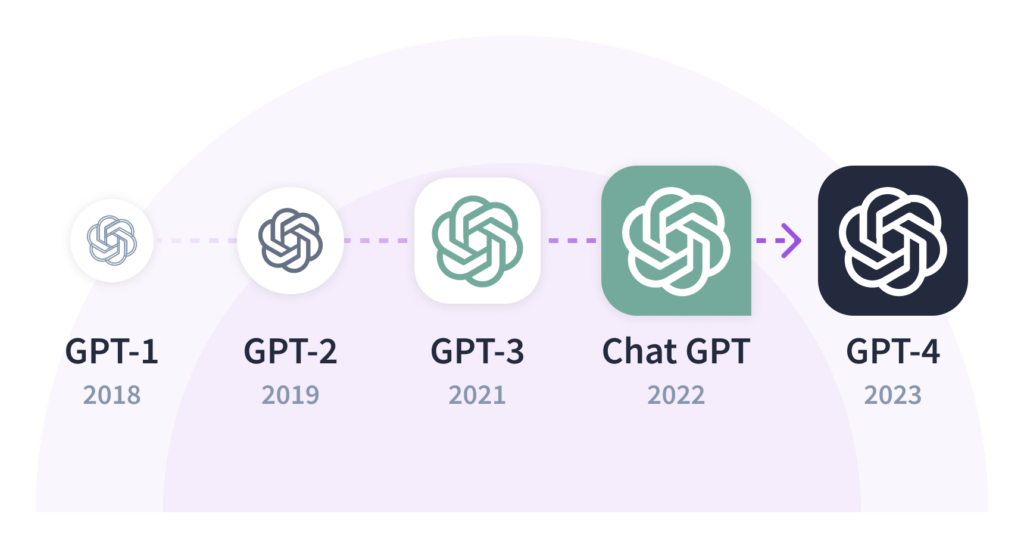A Step-by-Step Guide to Fine-Tuning GPT Models for Custom Use Cases
-

With the rise of large language models like GPT, the ability to fine-tune these models for specific tasks has become an essential tool for developers. Fine-tuning allows you to adapt the general knowledge of GPT models to particular domains, making them more accurate and useful for your specific use cases.
In this guide, we’ll walk you through the process of fine-tuning a GPT model, explaining key concepts, and showing how to apply this knowledge to get the best results.
Why Fine-Tune a GPT Model?
Pre-trained GPT models are highly versatile and capable of understanding a wide variety of tasks. However, they aren’t always optimized for niche domains or specific industries. Fine-tuning enables you to:
-
Customize the output – Adapt the model to a specific writing style or tone.
-
Domain specialization – Train the model on domain-specific knowledge, such as legal, medical, or technical content.
-
Task improvement – Focus the model on improving performance in a particular task like question answering, summarization, or sentiment analysis.
-
Better accuracy – Tailor the model to avoid general or irrelevant responses, ensuring more precise and context-aware outputs.
Pre-requisites
Before diving into fine-tuning, you’ll need the following:
-
A Pre-trained GPT Model: You can fine-tune models like GPT-3, GPT-J, or GPT-Neo.
-
Data for Fine-Tuning: A dataset in the form of text samples or question-answer pairs.
-
Compute Resources: Fine-tuning can be compute-intensive, so access to a powerful GPU is recommended.
Step 1: Setting Up Your Environment
First, you’ll need to install a few libraries and set up your environment. Use a Python environment with libraries such as transformers from Hugging Face, pytorch for deep learning, and optionally datasets for handling large data efficiently.
pip install transformers datasets torchStep 2: Preparing the Dataset
The success of fine-tuning relies heavily on the quality and relevance of your dataset. The dataset needs to be formatted properly for the model to learn from it. Typically, the dataset is structured as input-output pairs. Here’s an example format for fine-tuning on conversational data:
-
Input: A question or statement.
-
Output: The corresponding response or continuation of the conversation.
Your dataset might look something like this in JSON:
[ { "input": "What is the capital of France?", "output": "The capital of France is Paris." }, { "input": "Explain the process of photosynthesis.", "output": "Photosynthesis is the process by which plants make food using sunlight." } ]Ensure the data is pre-processed to remove errors, duplicates, and irrelevant content, as this will improve the quality of fine-tuning.
Step 3: Choosing the Model
Select a GPT model that best suits your use case. You can use pre-trained models from Hugging Face’s model hub, such as:
-
GPT-2 for general-purpose use.
-
GPT-3 (via OpenAI API) for more complex, larger-scale applications.
-
GPT-Neo/GPT-J for open-source alternatives with impressive performance.
Here’s how you can load a pre-trained model using Hugging Face:
from transformers import GPT2LMHeadModel, GPT2Tokenizer model = GPT2LMHeadModel.from_pretrained('gpt2') tokenizer = GPT2Tokenizer.from_pretrained('gpt2')Step 4: Fine-Tuning the Model
Now, the core of the process—fine-tuning the GPT model. Here’s an outline of how to do it:
- Tokenize the Data: Tokenization converts text into numbers that the model understands.
from transformers import DataCollatorForLanguageModeling # Tokenizing the data def tokenize_function(examples): return tokenizer(examples['input'], truncation=True) tokenized_datasets = raw_datasets.map(tokenize_function, batched=True)- Set up the Trainer: Use Hugging Face’s Trainer to easily fine-tune the model.
from transformers import Trainer, TrainingArguments training_args = TrainingArguments( output_dir="./results", overwrite_output_dir=True, num_train_epochs=3, per_device_train_batch_size=4, save_steps=10_000, save_total_limit=2, ) trainer = Trainer( model=model, args=training_args, train_dataset=tokenized_datasets['train'], data_collator=DataCollatorForLanguageModeling(tokenizer=tokenizer) ) trainer.train()- Monitor the Training Process: Keep an eye on metrics such as loss and perplexity to ensure that the model is learning effectively.
Step 5: Testing and Evaluation
Once the model is fine-tuned, it’s important to test its performance on unseen data. You can evaluate it based on accuracy, fluency, and task-specific metrics.# Generate predictions on test data inputs = tokenizer("What is the capital of Italy?", return_tensors="pt") outputs = model.generate(inputs["input_ids"]) response = tokenizer.decode(outputs[0], skip_special_tokens=True) print(response) # Expected output: "The capital of Italy is Rome."Step 6: Deploying the Model
After fine-tuning, you can deploy the model on various platforms. Hugging Face provides easy deployment options using the transformers library, or you can export the model for use in your own applications.
Best Practices
-
Use a well-curated dataset: The quality of your data is crucial. Use datasets that closely match your target domain and avoid including irrelevant data.
-
Monitor overfitting: Fine-tuning for too many epochs can cause the model to overfit the training data. Monitor loss and perplexity carefully.
-
Leverage transfer learning: Start with a pre-trained GPT model to reduce training time and computational resources.
-
Experiment with hyperparameters: Adjust parameters like batch size, learning rate, and number of epochs to get the best results.
Conclusion
Fine-tuning a GPT model allows you to adapt its immense potential to specific tasks and domains. By following the steps outlined in this guide, you can create a powerful, task-specific model that aligns with your unique requirements. Whether for generating conversational agents, improving text classification, or building domain-specific solutions, fine-tuning GPT models unlocks a new level of customization in natural language processing.
-
-
good one !
-
This post is deleted! -